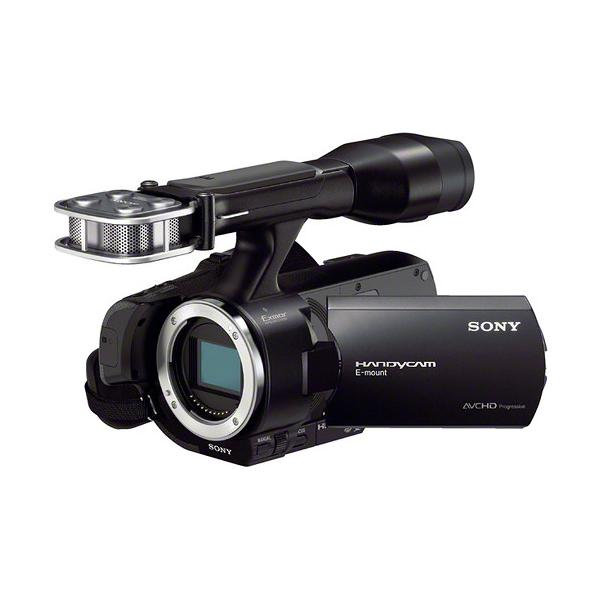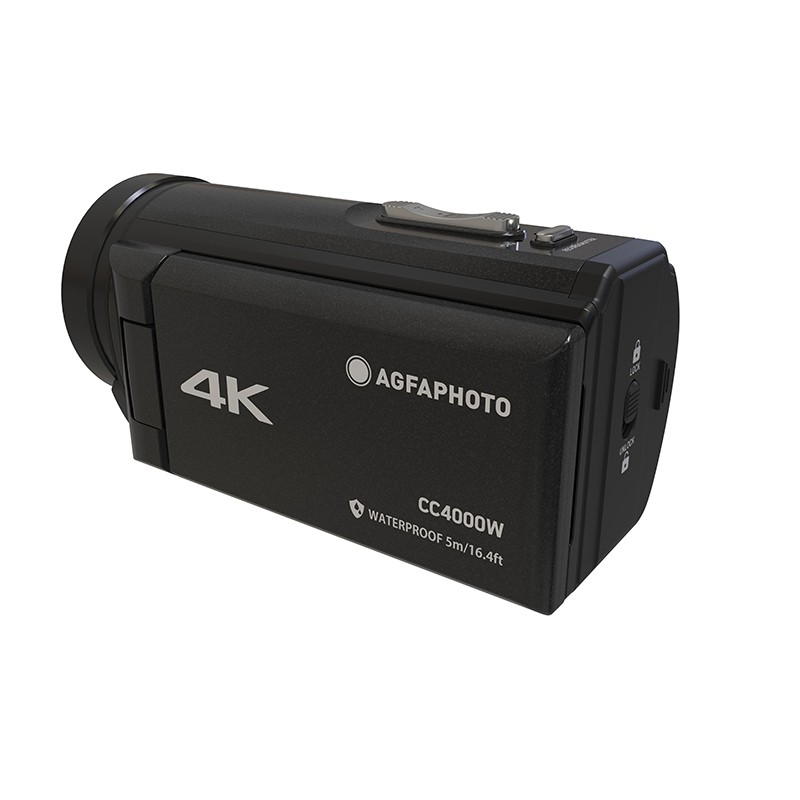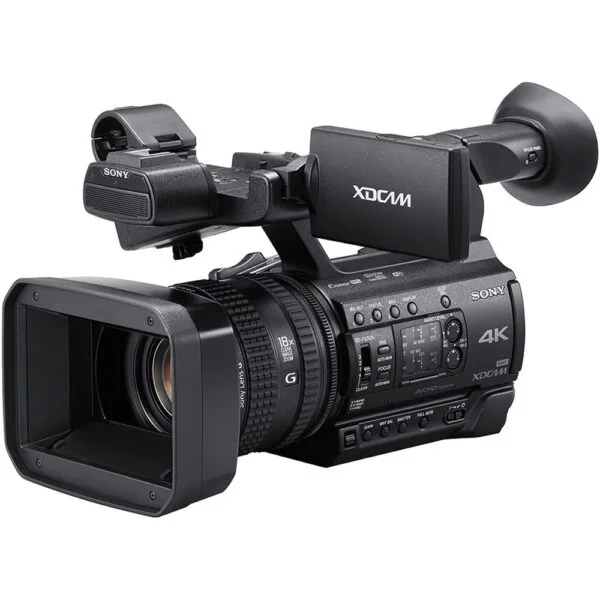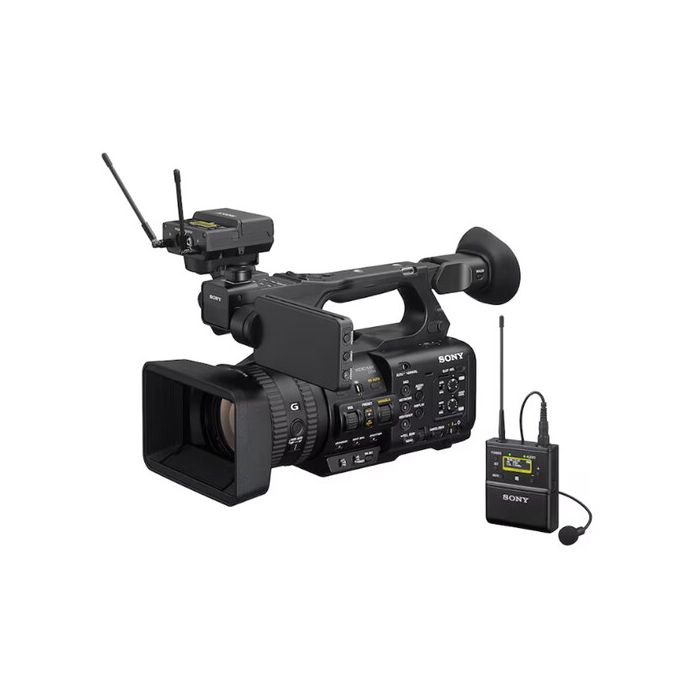In an age where digital storage dominates, converting old camcorder tapes to digital formats is becoming increasingly important. Those precious moments captured on VHS, MiniDV, or other tape formats can easily deteriorate over time. Convert camcorder tapes to digital not only preserves cherished memories but also makes it easier to share them with family and friends. This guide aims to offer a straightforward process for converting your camcorder tapes to digital formats in 2024, ensuring you can enjoy your videos for years to come.
Understanding Specific Tape Formats
Types of Camcorder Tapes
Before diving into the conversion process, it’s essential to understand the different types of camcorder tapes you may have. The most common formats include:
- VHS and VHS-C: Commonly used in home videos from the 1980s and 1990s. VHS-C is a smaller version that fits into a standard VHS cassette adapter.
- Hi8 and Digital8: These formats were prevalent among consumer camcorders during the late 1990s and early 2000s. Hi8 is an analog format, while Digital8 uses digital recording technology.
- MiniDV: This high-quality digital format was widespread in camcorders during the early 2000s and offers excellent video quality.
Understanding which format your tapes belong to will greatly influence the equipment and method you choose for conversion. Depending on the age and condition of the tapes, different approaches may work better.
Assessing the Quality of Tapes
Before you start the conversion, take a moment to assess the condition of your tapes. Look for signs of physical damage, such as bending, cracking, or mold. Tapes that show visible wear may not play correctly. Review a few minutes of footage to ensure the audio and visual quality are intact. If tapes are in poor condition, consider having them cleaned or repaired by a professional service to avoid loss of content during the conversion process.

Preparing for the Conversion
Gathering Equipment
Once you identify your tape formats and assess their condition, you’ll need the right equipment for conversion. Here’s a list of what you may need:
- Camcorder or VHS Player: Ensure you have a working device that can play your tapes. If you don’t own one, consider borrowing from a friend or purchasing a reliable second-hand machine.
- Video Capture Device: This device connects your camcorder or VHS player to your computer, allowing you to transfer the video. Look for USB video capture devices specifically designed for this purpose.
- Computer: You’ll need a computer with enough storage to save your digital files.
- Editing Software: While optional, having video editing software on your computer can help you trim, edit, and enhance your videos after conversion. Software options can range from free programs like Shotcut to professional ones like Adobe Premiere Pro.
Organizing Your Workspace
Create a comfortable and organized workspace for the conversion process. Ensure that your camcorder or VHS player is connected to a power source and that your computer is easily accessible. Keep all necessary cables and equipment within reach to streamline the process. Having a tidy workspace minimizes distractions and helps you focus on converting your tapes efficiently.
Choosing the Right Conversion Method
Direct Digital Conversion
One of the fastest methods to convert camcorder tapes to digital is using a video capture device. This method allows you to play the tape in your camcorder or VHS player while capturing the video directly onto your computer. Here’s how to do it:
- Connect the Devices: Use RCA cables to connect the output of your camcorder or VHS player to the input on the video capture device. The capture device then connects to your computer via USB.
- Install Required Software: Most video capture devices come with software for recording. Install the software on your computer, following the manufacturer’s instructions.
- Start Capturing Video: Open the software, press play on your tape, and then hit the record button in your capture software. Monitor the process to ensure everything is being recorded as expected.
- Monitor Audio and Video Quality: Keep an eye on the screen to check for any issues with quality. You may need to adjust the volume or brightness as needed.
Professional Conversion Services
If you find the process overwhelming, or if you’re dealing with a large number of tapes, consider hiring a professional conversion service. Many companies specialize in converting camcorder tapes to digital formats. Here’s what to expect:
- Quality Assurance: Professionals are equipped with high-quality equipment and experienced staff, ensuring the best possible results.
- Time Saving: Outsourcing the conversion allows you to focus on other tasks while the conversion service handles the process.
- Formatting Options: Most services can provide multiple digital formats, such as MP4, AVI, or MOV, allowing you to choose the best option for your needs.
Investigate local options or consider well-reviewed online services that can efficiently handle your analog conversion requirements. Researching reviews and requesting quotes can help you make an informed choice.

Post-Conversion Processes
Organizing Digital Files
Once you finish converting your tapes, organizing your digital files is critical for easy access. Create a dedicated folder on your computer or external drive specifically for these video files. Use clear and descriptive file names that include the date and event for easy identification.
For example, “2020-12-25_Christmas_FamilyGathering.mp4” provides clarity and easily allows others to find specific memories. Consider creating subfolders for various years, events, or family members to make navigation simple and intuitive.
Backup Your Files
After organizing your digital videos, consider making backup copies to prevent loss due to hardware failures. It’s wise to have at least two copies stored in different locations. Use cloud storage services like Google Drive, Dropbox, or Amazon S3 for one copy. For the second copy, consider using an external hard drive or USB flash drive.
Backing up your files ensures that you won’t lose precious memories due to technical issues or equipment failure. This simple precaution can save you from the heartbreak of losing important family videos.
Enhancing Your Digital Videos
Basic Editing
After conversion, you may want to enhance your videos. Basic editing can improve visual clarity, adjust audio levels, or trim unwanted sections. Utilize video editing software to explore features such as:
- Trimming: Remove unnecessary parts at the beginning or end of the videos.
- Adding Titles or Captions: Introduce your videos with titles or captions to provide context.
- Adjusting Brightness and Contrast: Enhance visual quality to improve viewing experiences.
These edits can turn edited videos into polished presentations that are more enjoyable to watch and share.
Adding Music and Effects
Consider adding background music or sound effects to further enhance your videos. Many editing programs offer royalty-free music libraries, providing a professional touch without worrying about copyright issues. Ensure that any music you choose complements the video’s tone and content, making it feel cohesive and enjoyable.
If you have experience with video editing, try incorporating transitions between clips or adding special effects to engage viewers more. Even basic enhancements can elevate the overall quality and make your videos feel more complete.
Sharing Your Digital Memories
Online Platforms
Once you’ve converted and edited your videos, it’s time to share them with family and friends. Uploading videos to platforms like YouTube, Vimeo, or social media can be a great way to reach a wider audience. Choose privacy settings that suit your preferences, allowing you to share only with specific people or the public at large.
When sharing, include captions or descriptions to provide context about the video content, further enhancing your audience’s understanding. If your videos tell a story, consider organizing them into playlists to provide viewers with a comprehensive viewing experience.
Creating DVDs or Blu-rays
For those who prefer physical media, consider creating DVDs or Blu-ray discs of your converted videos. Many computers come equipped with DVD burners or have the option to purchase external drives for this purpose. Use disc authoring software to create a menu interface, allowing viewers to navigate between different videos easily.
Physical copies remain great for arming family gatherings and creating cherished keepsakes that can be passed down through generations. Having a physical format also serves as a backup and can provide access to your videos even if the digital copies face issues.

Considerations for Future Conversions
Regular Maintenance of Equipment
If you plan to convert more tapes in the future, ensure that your playback equipment, capture devices, and software are maintained in good condition. Store your camcorder or player properly to avoid unnecessary wear and damage. Regularly check for any signs of malfunction or wear, as maintaining equipment ensures reliability for future use.
Stay Updated on Technology
As technology continues to advance, new methods and tools for tape conversion may emerge. Stay updated on the latest developments in video conversion software and hardware, as well as potential new services. By keeping informed, you can choose the best options for future conversions, ensuring that your collection remains accessible and of high quality.
Explore Other Digital Preservation Options
In addition to converting camcorder tapes, consider other forms of digital preservation. Family photos, audio recordings, and any other analog formats can also benefit from digitization. Investing time and effort into preserving your family’s memories will pay off, keeping your cherished moments alive for generations to come.
Conclusion
Converting camcorder tapes to digital formats is a rewarding process that can preserve valuable memories while making them easier to share and enjoy. By understanding the different formats, preparing adequately, and employing the right conversion methods, you can effectively digitize your tapes. Along the way, enhancing, organizing, and sharing these memories elevates their significance and ensures that they remain lasting keepsakes. As technology advances, making this effort today will allow you to enjoy your cherished moments in the digital world for years to come.
